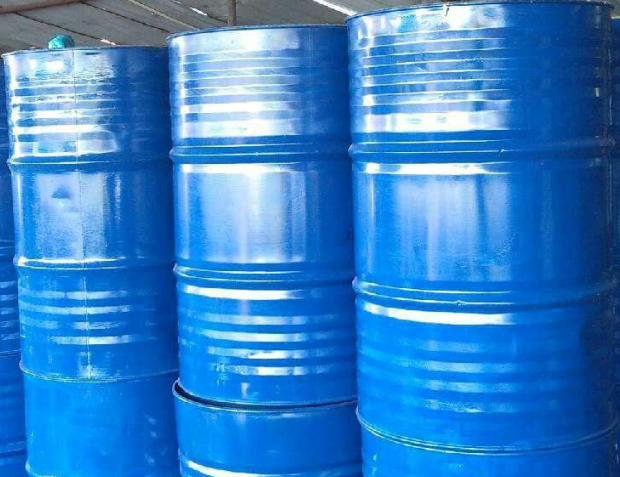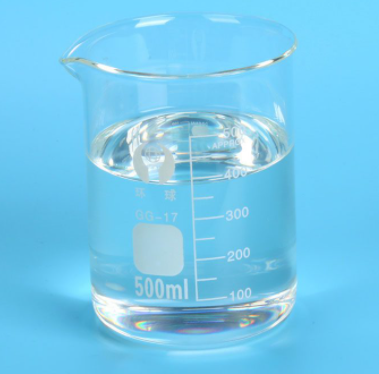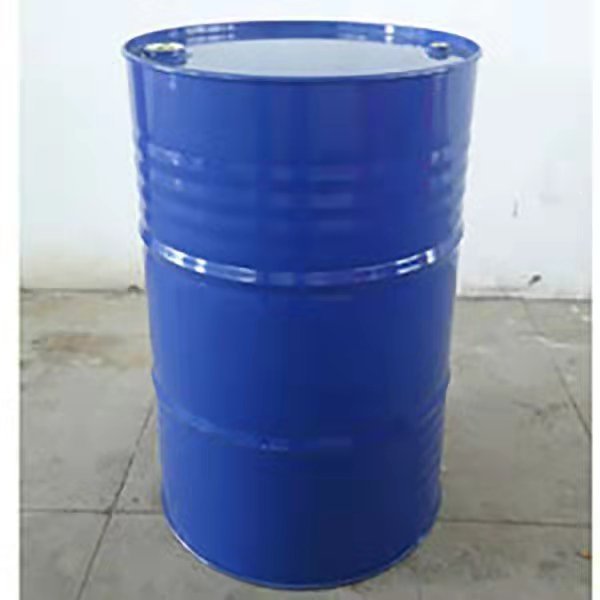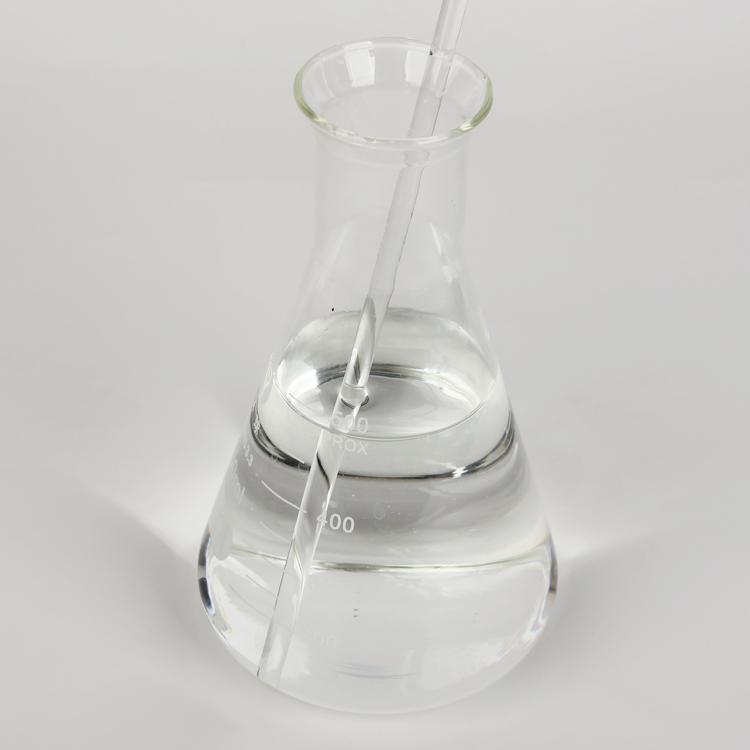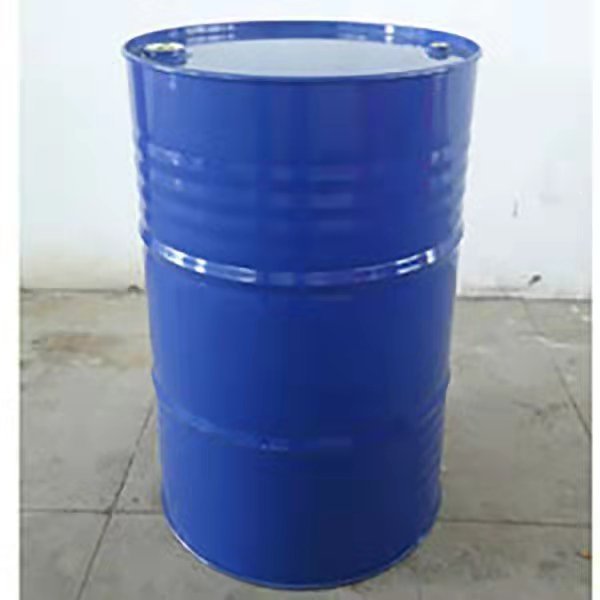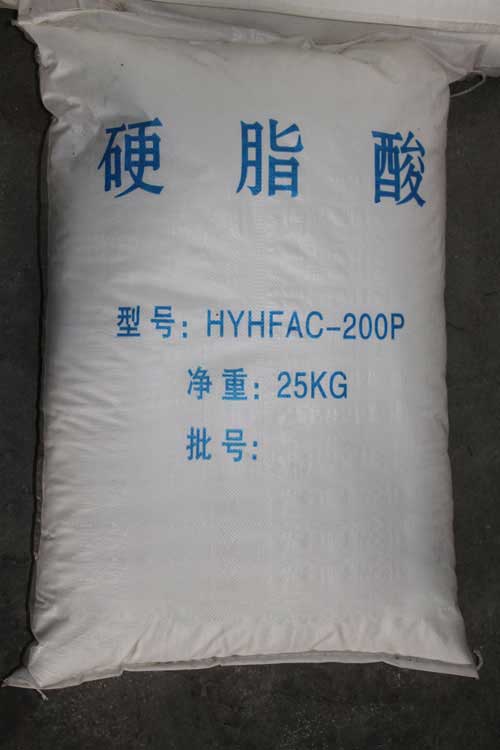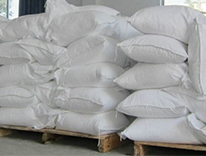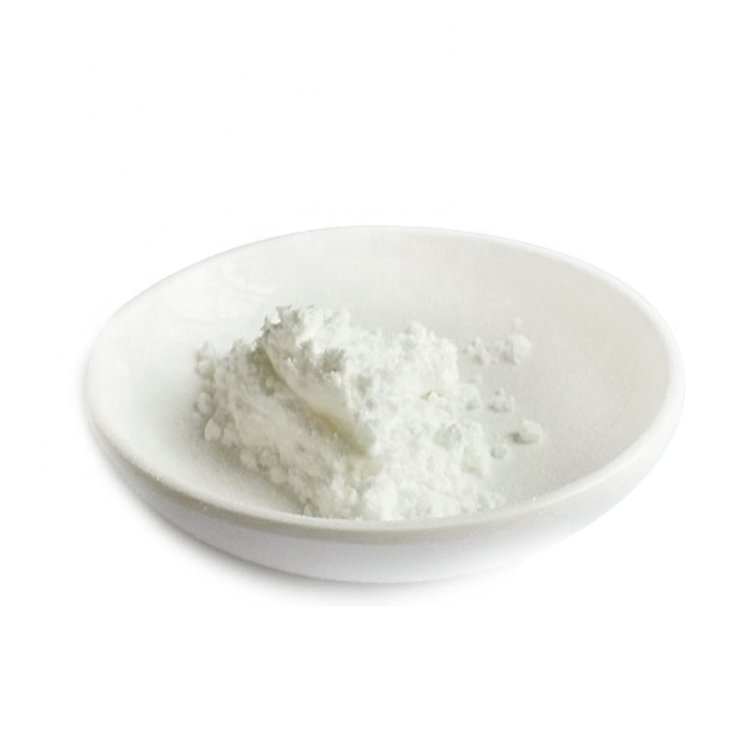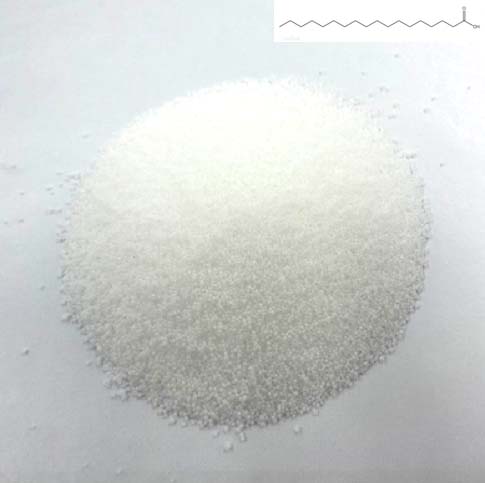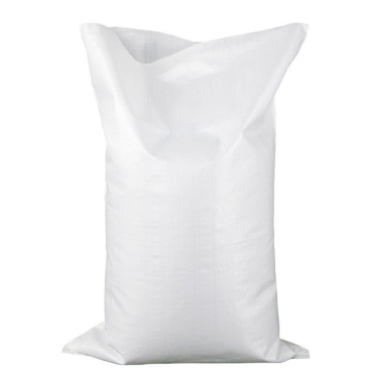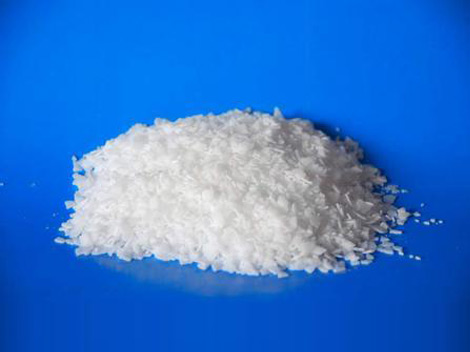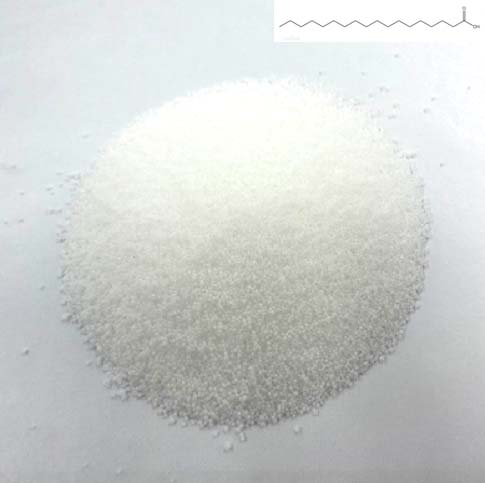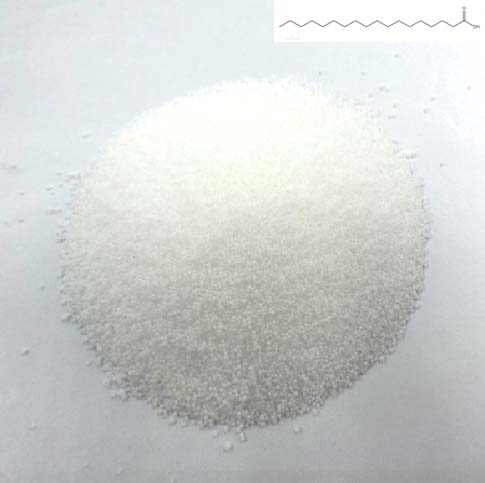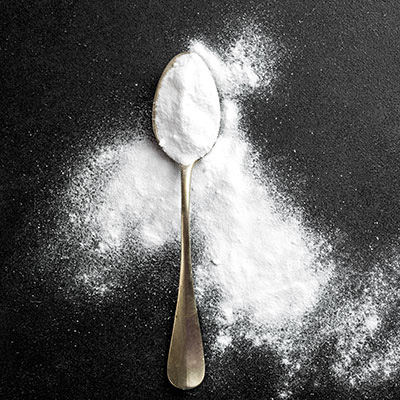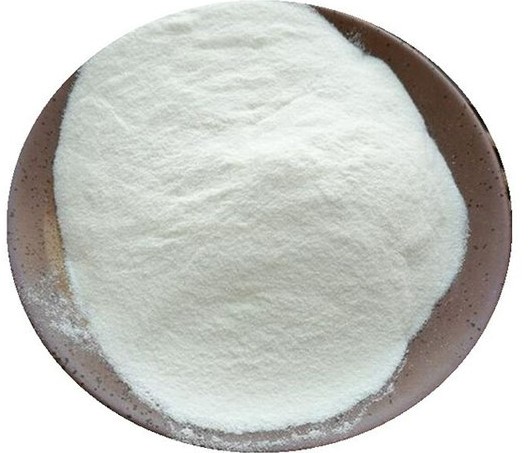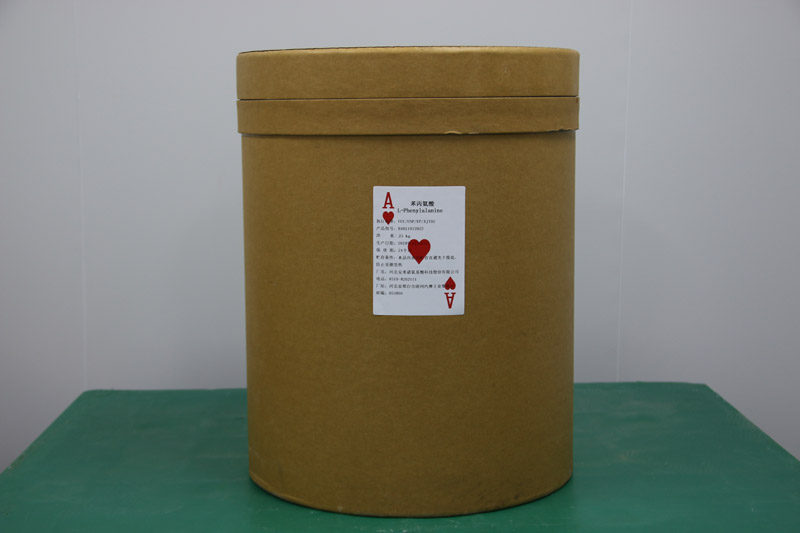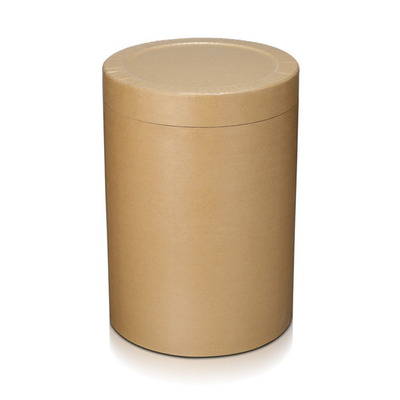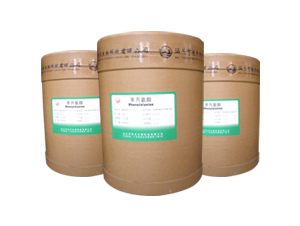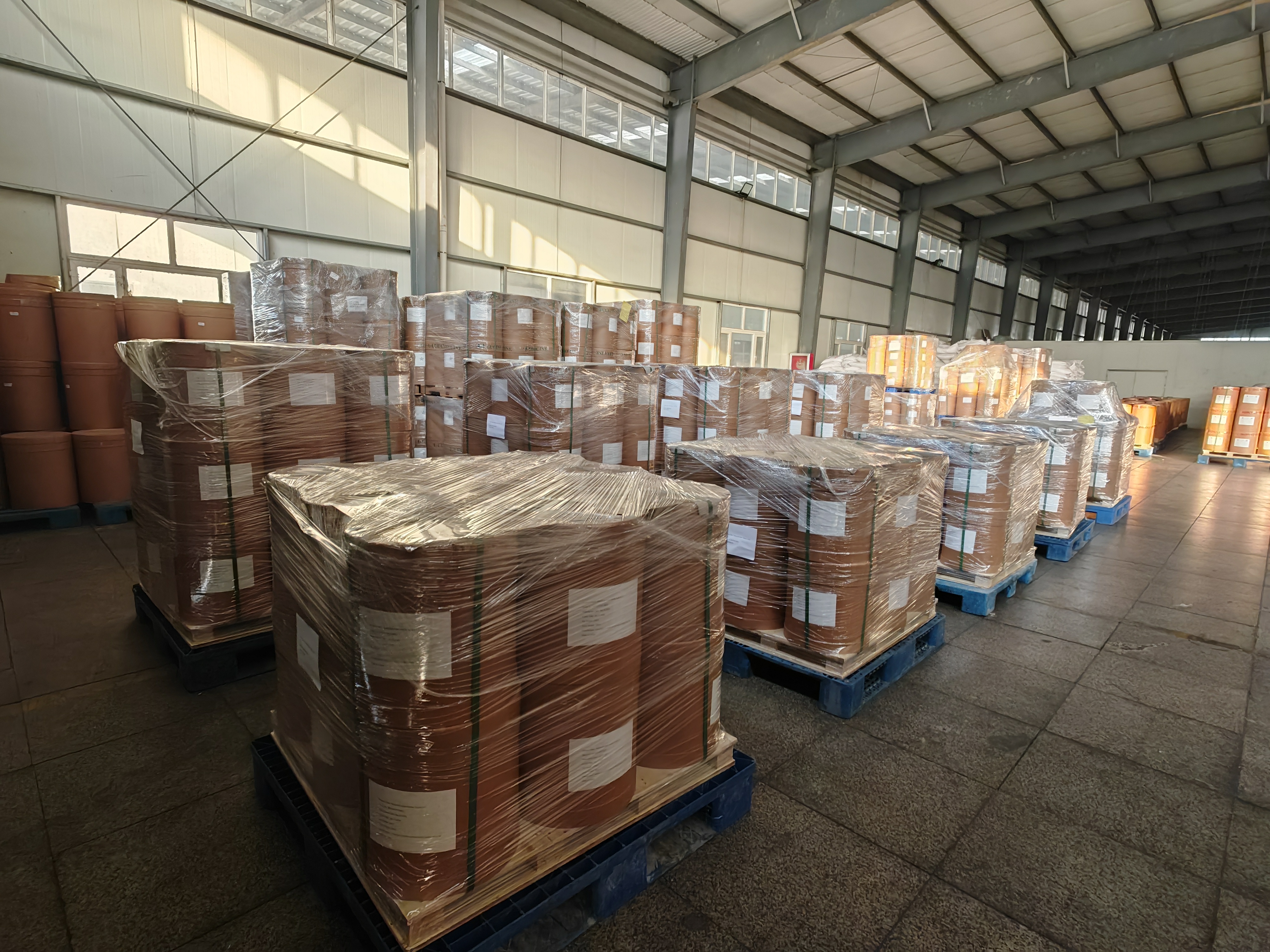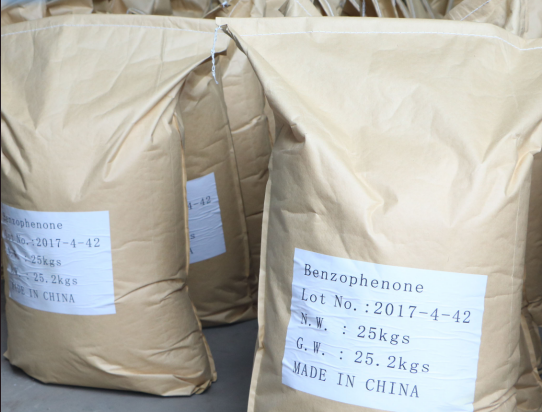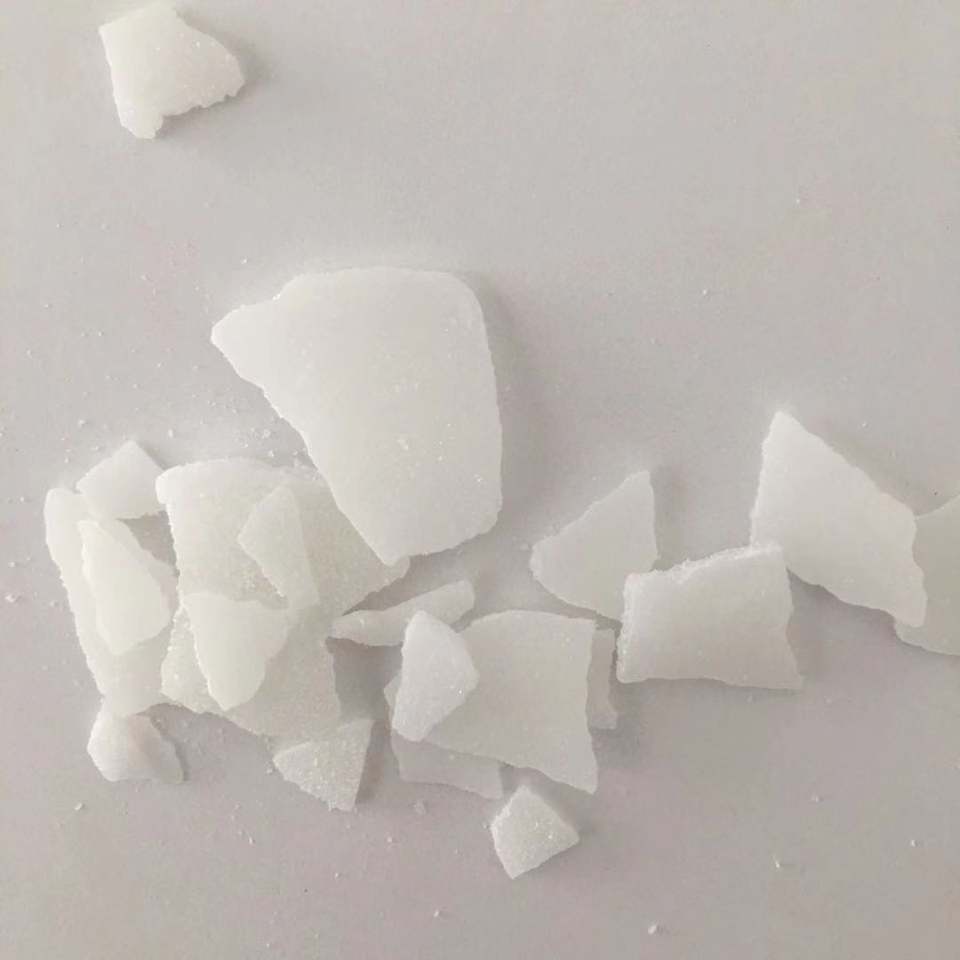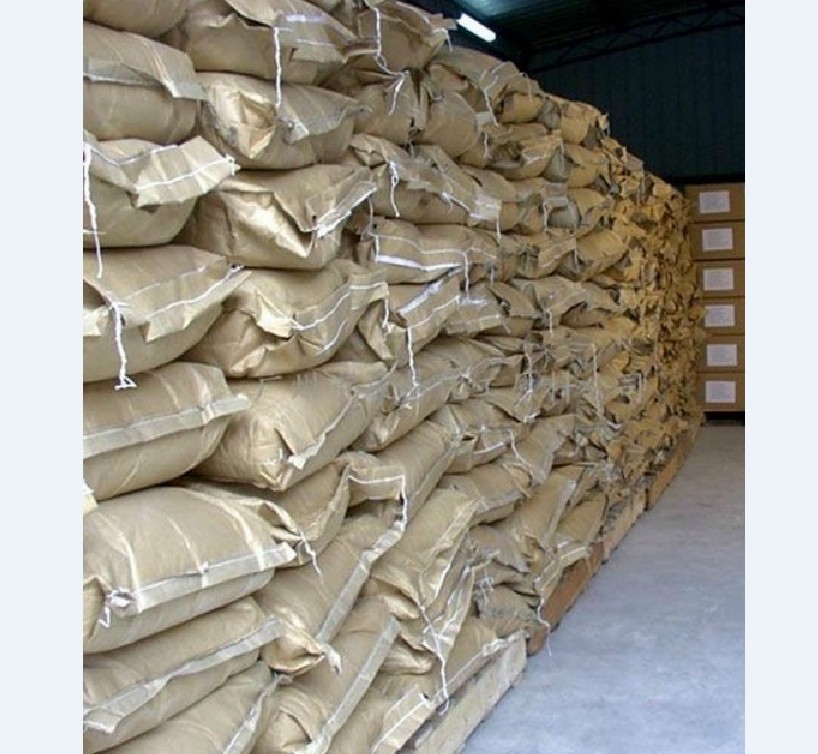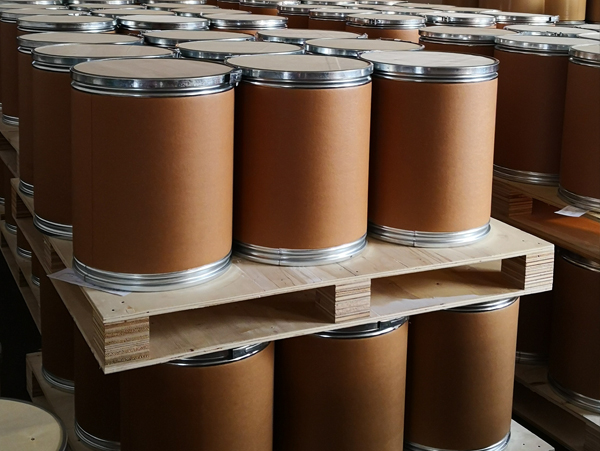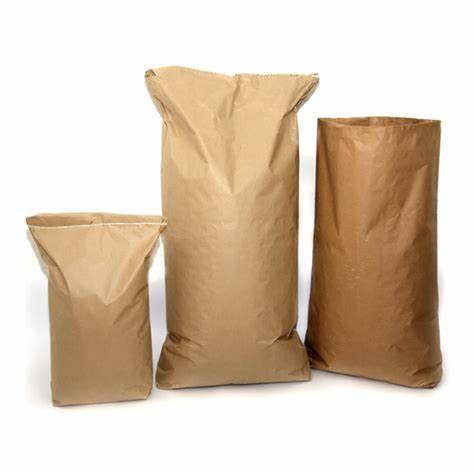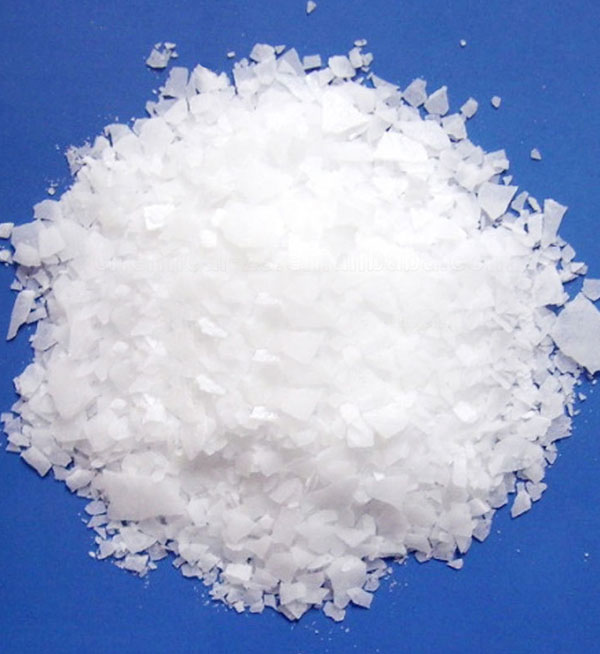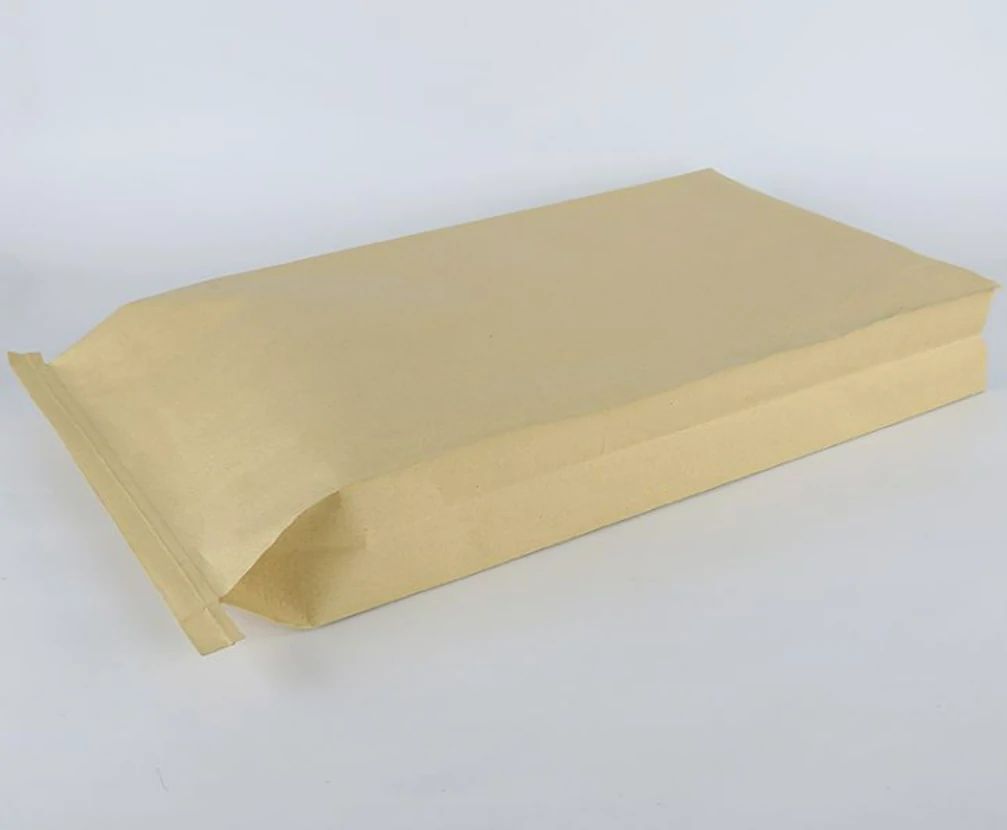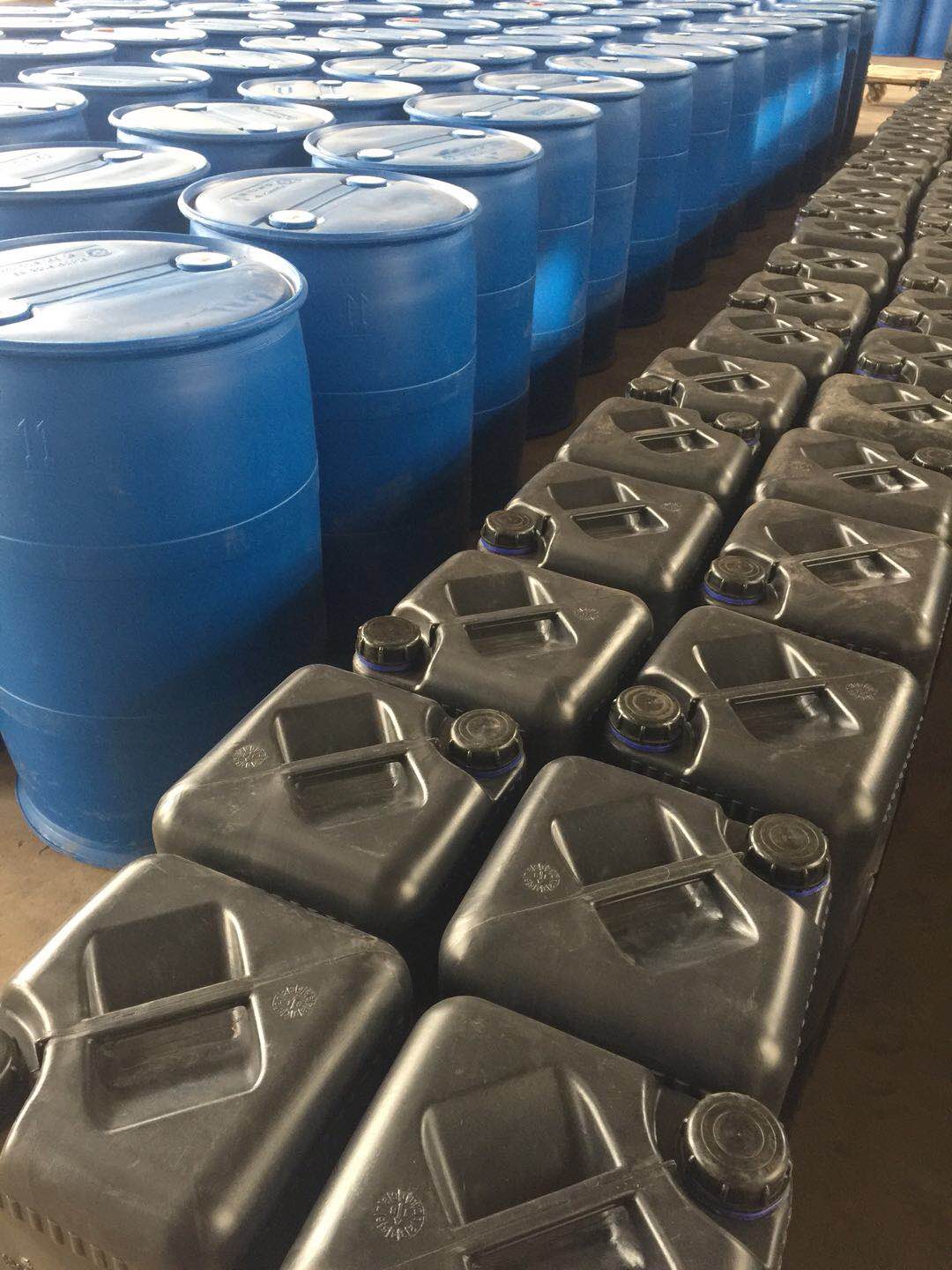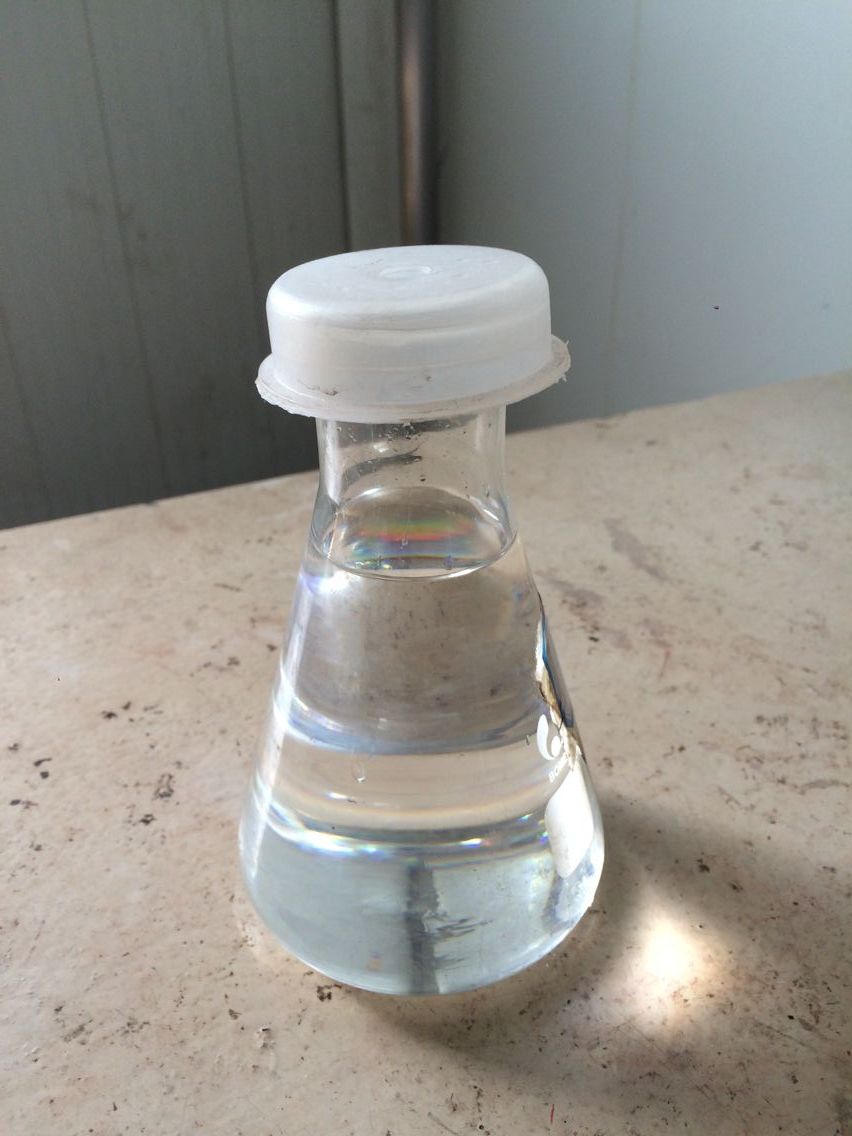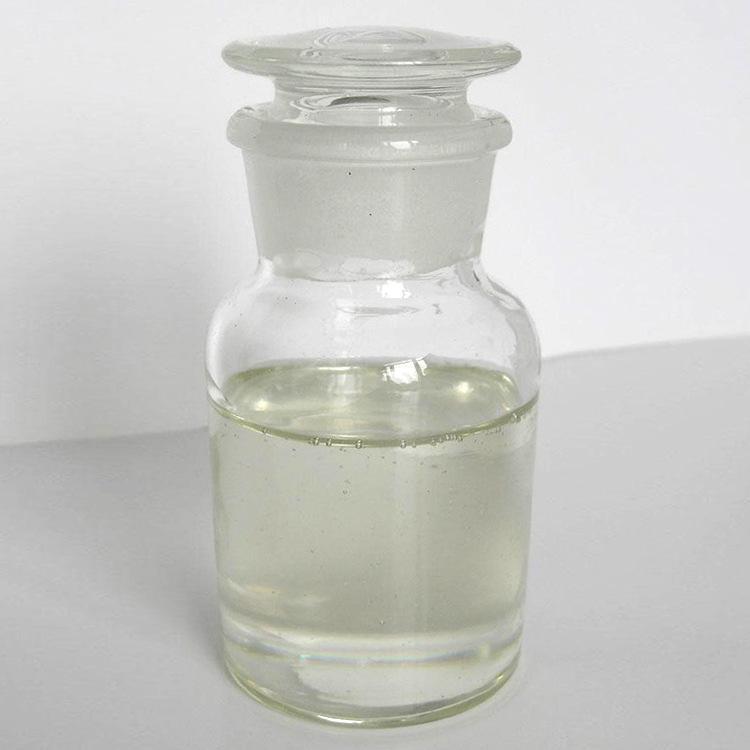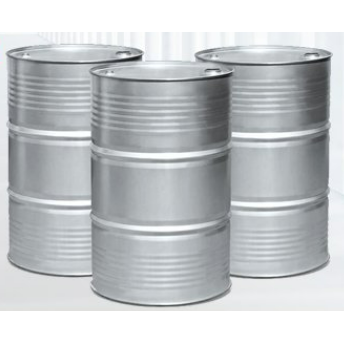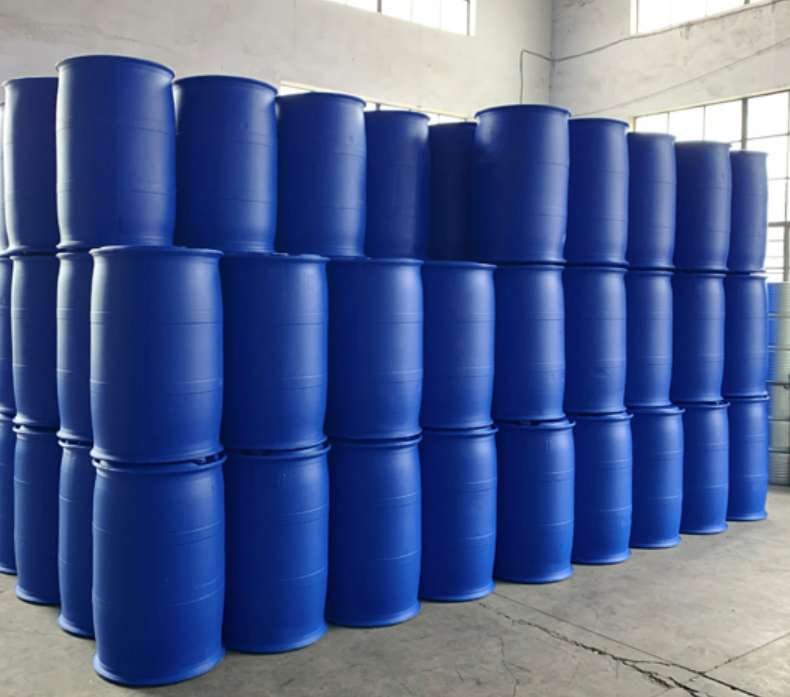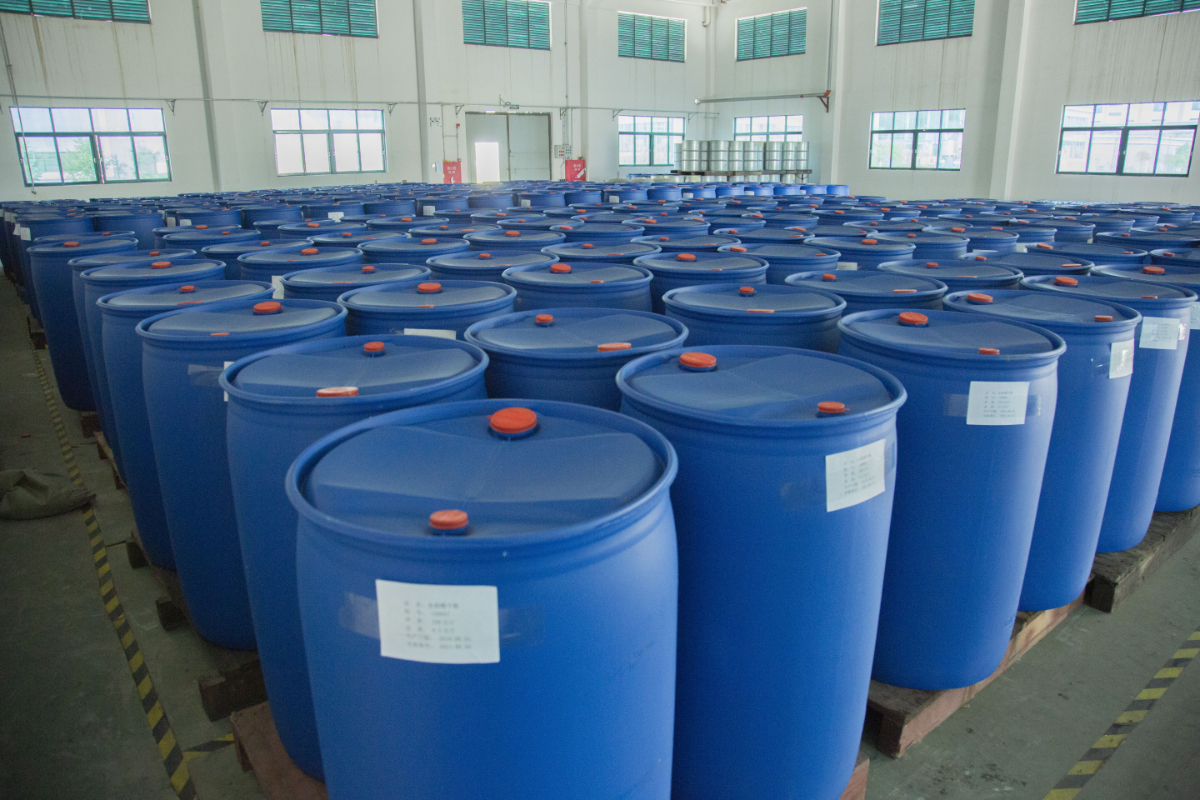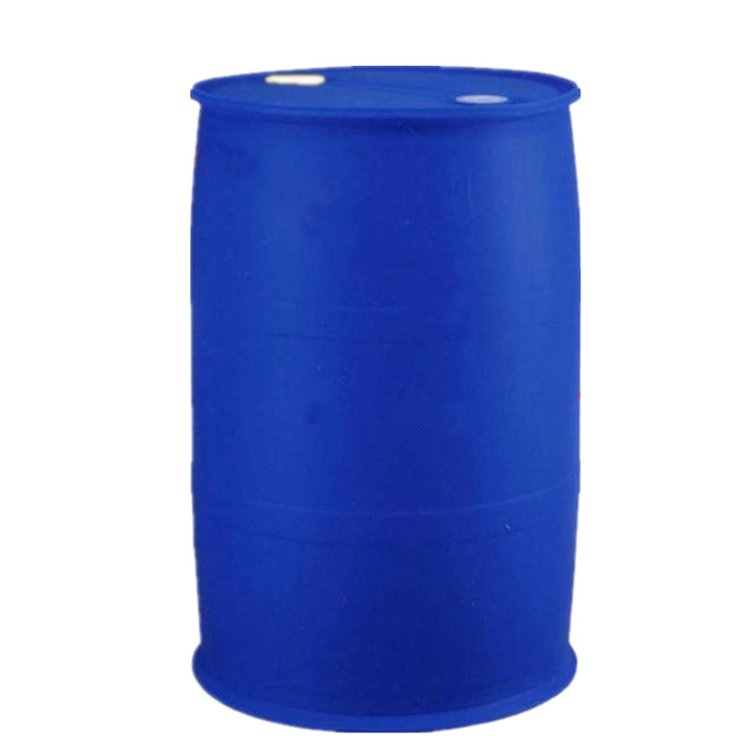Food(Feed) Additives
Feed Additive
Additives For Food Packaging
Colorant
Stabilizer and Coagulator
Water Retention Agent
Feed Deworming Health Agents
Anti Corrosion and Preservation
Color Fixative
Flour Treatment Agent
Defoamer
Coating Agent
Feed Vitamins
Emulsifier
Other Food Additives
Nutritional Fortifier
Thickening Agent
Feed Quality Enhancer
Antioxidants
Chewing Gum Bases
Bulking Agent
Feed Amino Acids and Small Peptides
Flavor Enhancer
Sweeteners
Additives For Feed Preservation
Other Feed Additives
Food Additive
Bleaching Agents
Anticaking Agent
Food Flavors and Fragrances
Enzyme Preparation
Feed Trace Elements
Acidity Regulators
Feed Growth Promoters
Feed Conditioner
Find
142
related chemicals for you
CAS:141-78-6
Molecular Formula:C4H8O2
Alias
More Information
Alcohol, Denatured; EA; Ethyle Acetate; Etoac; Acetic Ester; Ethyl Ethanoate; Acetic acid Ethyl Ester; Acetoxyethane; Vinegar Naphtha; Acetidin; Ethyl Acetae
Brief Introduction
Ethyl acetate is the acetate ester formed between acetic acid and ethanol. It has a role as a polar aprotic solvent, an EC 3.4.19.3 (pyroglutamyl-peptidase I) inhibitor, a metabolite and a Saccharomyces cerevisiae metabolite. It is an acetate ester, an ethyl ester and a volatile organic compound.
Suppliers
View More Vendors (10) >
Bozhiyuan Technology (Guangdong) Co.,Ltd.
Assay≥99.99%
/
Electronic Grade
CAS:57-11-4
Molecular Formula:C18H36O2
Alias
More Information
Soybean oil Fatty Acids; Octadecanoic acid; Stearophanic acid; n-Octadecanoic acid; Cetylacetic acid; Pearl Stearic; Stearex Beads; Octadecansaeure; Stearinsaeure; Vanicol; 1-Heptadecanecarboxylic acid; Century 1240; Industrene R; Glycon DP; Glycon TP; Humko Industrene R; Dar-chem 14
Brief Introduction
Stearic acid is a kind of fatty acid widely existing in nature. Almost all oils contain stearic acid with different contents. The content of stearic acid in animal fat is higher, such as 24% in butter, less in vegetable oil, 0.8% in tea oil and 6% in palm oil, but 34% in cocoa butter.
Suppliers
View More Vendors (10) >
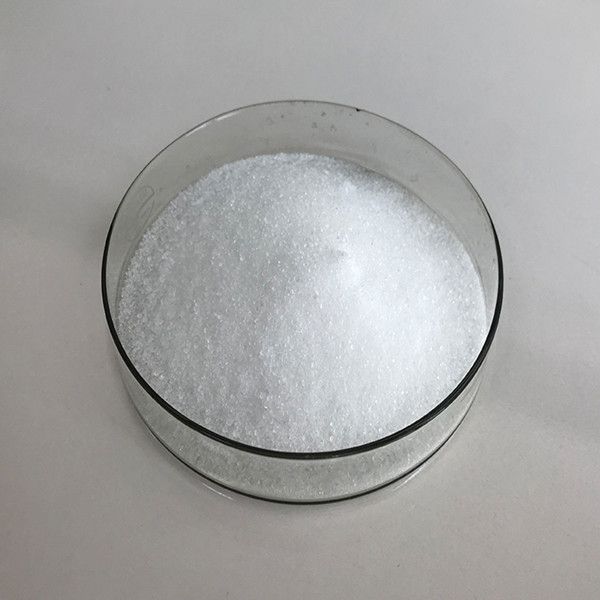
Acid value (calculated by KOH): 196-211mg / g; Iodine value (calculated by I) ≤ 7.0g/100g
/
Food Grade
20kg
/
Woven Bag
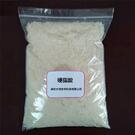
Saponification value: 207-215; Moisture: ≤ 0 2%; Acid value: 205-212
/
Tech Grade
25kg
/
Woven Bag
CAS:63-91-2
Molecular Formula:C9H11NO2
Alias
More Information
Benzenepropanethioic Acid,S-Phenyl Ester; Phenyl 4-Phenylthiobutanoate; 3-Phenylpropionyl-Phenyl-Thioether; 3-Phenylthiopropionic Acid,S-Phenyl Ester; S-Phenyl-3-Phenylpropanthioat; Thiohydrozimtsaeurephenylester; L-Beta-Phenylalanine 99 %; (S)-(-)-Phenylalanine For Synthesis; L-Alanine, Phenyl-; L-Aminobenzenepropanoicacid; L-Antibiotic Fn 1636; L-Beta-Phenyl-Alpha-Alanin; L-Phenylalanin; L-α-Amino-β-Phenyl-PropionsαUre
Brief Introduction
L-Phenylalanine is one of the twenty common amino acids. It is a powder solid at room temperature. L-Phenylalanine is an essential amino acid. Because the benzene ring at one end of the molecule is hydrophobic, L-phenylalanine is classified as a nonpolar molecule. L-Phenylalanine is an electrically neutral amino acid, and "uuu" and "UUC" are its codons. L-Phenylalanine is the precursor of tyrosine, dopamine, norepinephrine, epinephrine and melanin. L-Phenylalanine is found naturally in mammalian milk. It is used in the manufacture of food and beverage products and is sold as a nutritional supplement with its famous analgesic and antidepressant effects. It is a direct precursor of phenylethylamine, a neuromodulator, and a common dietary supplement. The human body cannot synthesize phenylalanine by itself, so it must be taken from the diet. Generally, L-phenylalanine is produced by plants. Therefore, the main use of this product is for functional food additives.
Suppliers
View More Vendors (9) >
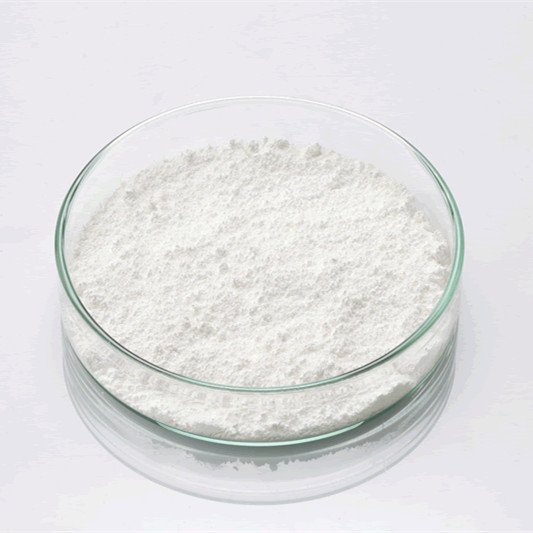
USP/EP/BP/CP/AJI
/
Pharm Grade
25kg
/
Fibre Drum
CAS:119-61-9
Molecular Formula:C13H10O
Alias
More Information
BP; Diphenyl Ketone; Diphenylmethanone; Dipheneyl Ketone; Jrcure-1020; Methanone, Diphenyl-; Mettler-Toledo Calibration Substance Me 18870,Benzophenone; Dipheny Ketone; Mettler Toledotm Calibration Substance Me 18870,Benzophenone; Benzophenone Flake; Benzophenone,Reagent; Benzophenone,Bp; Benzophenone Crystalline; Photoinitiator Jrcure-1020; CAS No.: 119-61-9
Brief Introduction
Benzophenone is colorless prismatic crystal with sweet and rose flavor. It is soluble in organic solvents and monomers such as ethanol, ether, chloroform, and insoluble in water. It is a free radical photoinitiator. It is mainly used in free radical UV curing systems, such as coatings, inks, adhesives, etc. it is also an intermediate of organic pigments, pharmaceuticals, spices, and pesticides. In the pharmaceutical industry, it is mainly used to produce dicyclohexyl piperidine, benzotropine hydrobromide, diphenhydramine hydrochloride, etc. This product is also a styrene polymerization inhibitor and spice setting agent. It can give spices sweet flavor and is widely used in perfumes and soap flavors.
Suppliers
View More Vendors (9) >
Dongyang Baihang Chemical Co.,Ltd.
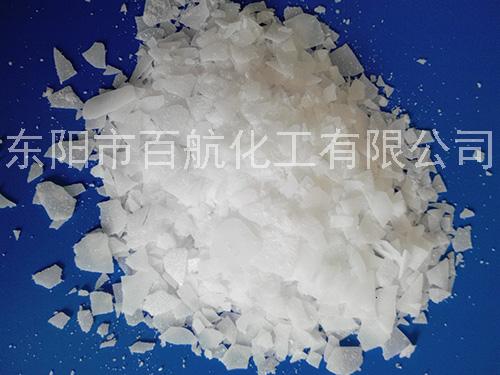
≥99.6%
/
Tech Grade
25kg
/
Paper Bag
CAS:119-36-8
Molecular Formula:C8H8O3
Alias
More Information
2-Hydroxy-Benzoicacimethylester; Wintergreen Oil; Benzoic acid,2-Hydroxy-Methyl Ester Methyl Salicylate; Methyl o-Hydroxybenzoate
Brief Introduction
Methyl salicylate (oil of wintergreen or wintergreen oil) is an organic ester naturally produced by many species of plants, particularly wintergreens. The compound was first extracted and isolated from plant species Gaultheria procumbens in 1843. It can be manufactured synthetically and it used as a fragrance, in foods, beverages, and liniments. It forms a colorless to yellow or reddish liquid and exhibits a characteristic odor and taste of wintergreen. For acute joint and muscular pain, methyl salicylate is used as a rubefacient and analgesic in deep heating liniments. It is used as a flavoring agent in chewing gums and mints in small concentrations and added as antiseptic in mouthwash solutions.
Suppliers
View More Vendors (8) >
Inquiry (
10
/ 10
)
Clear All
You can inquire for up to 10 products at a time
Sign In
Error!

